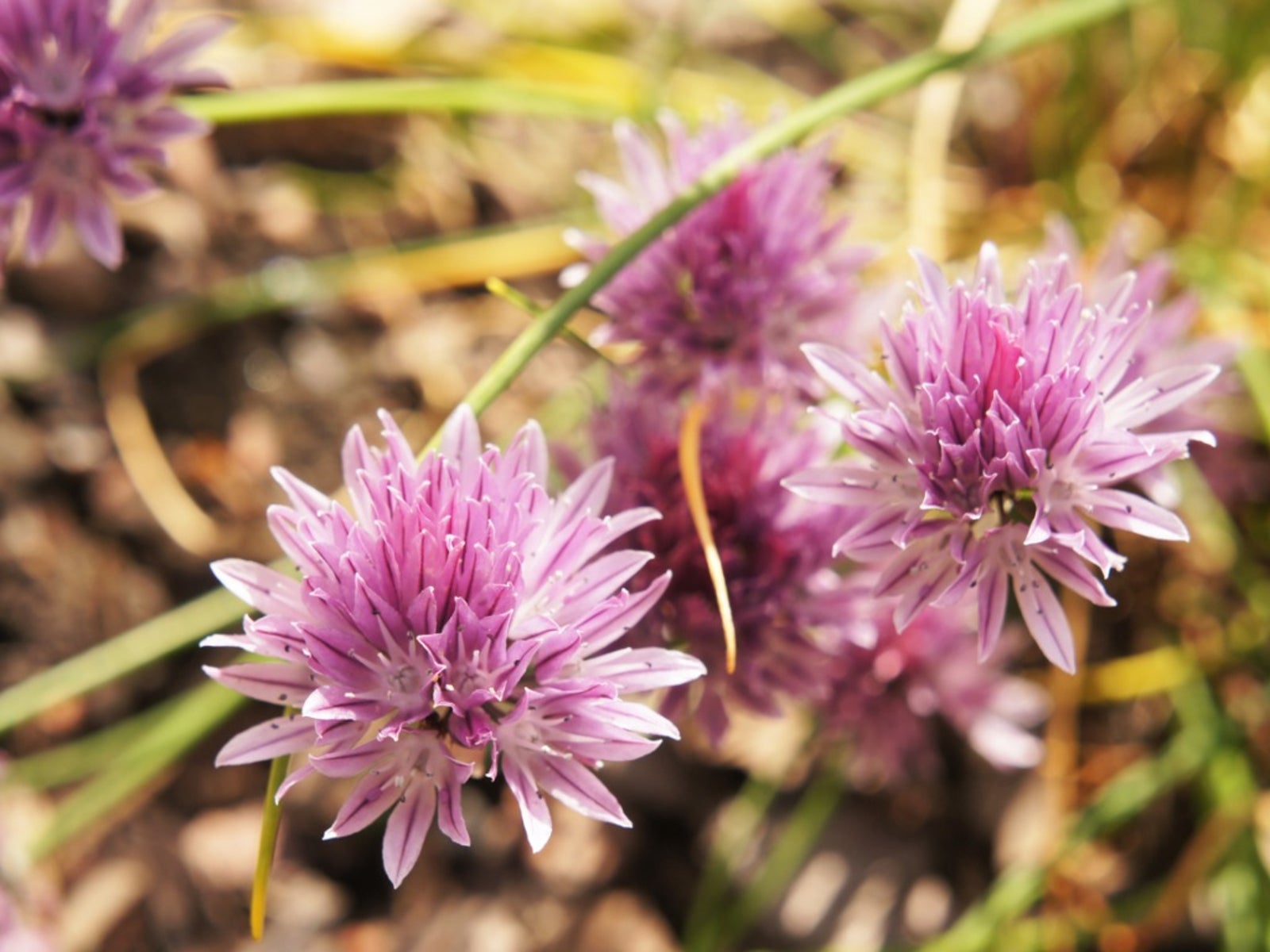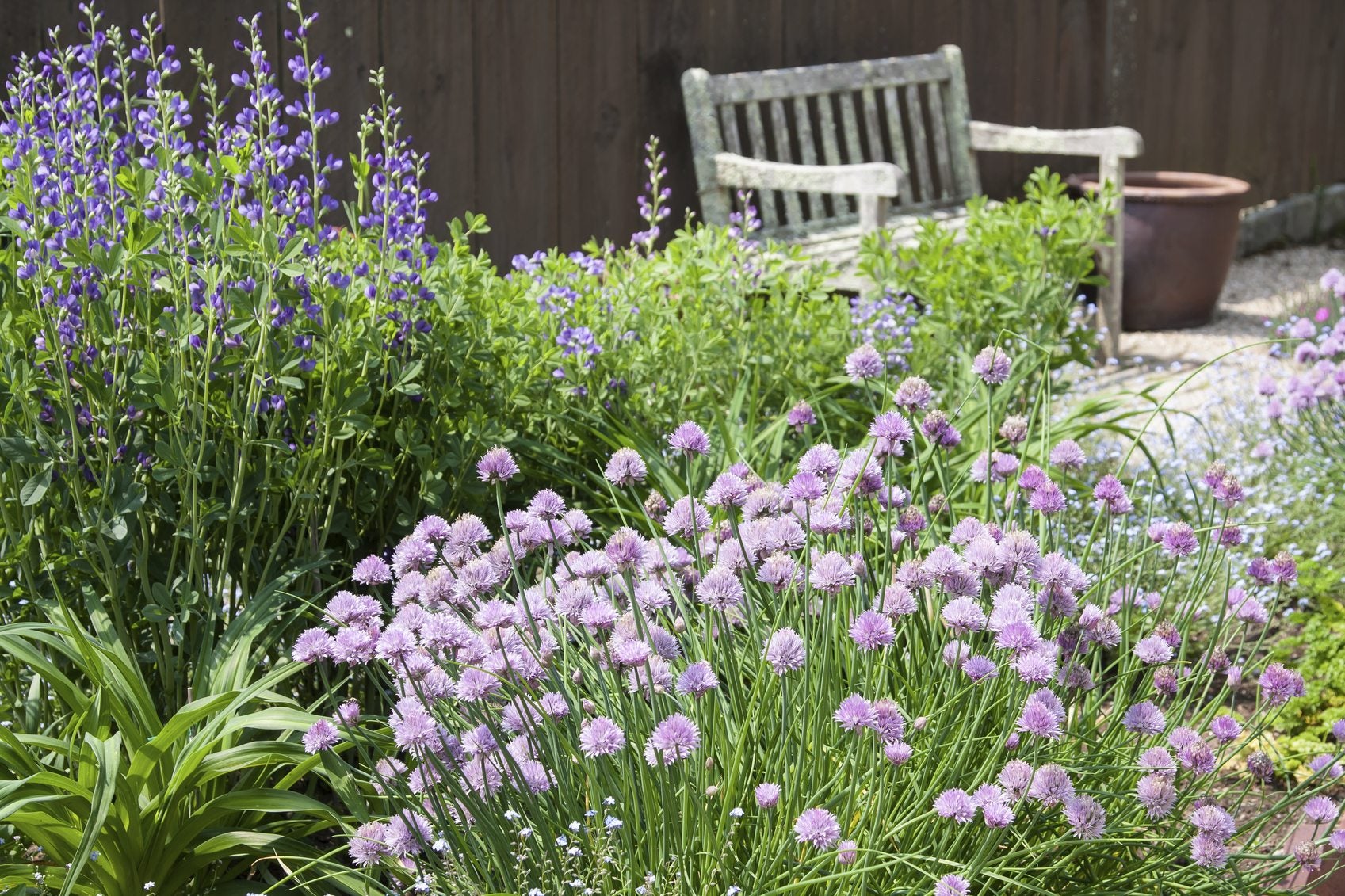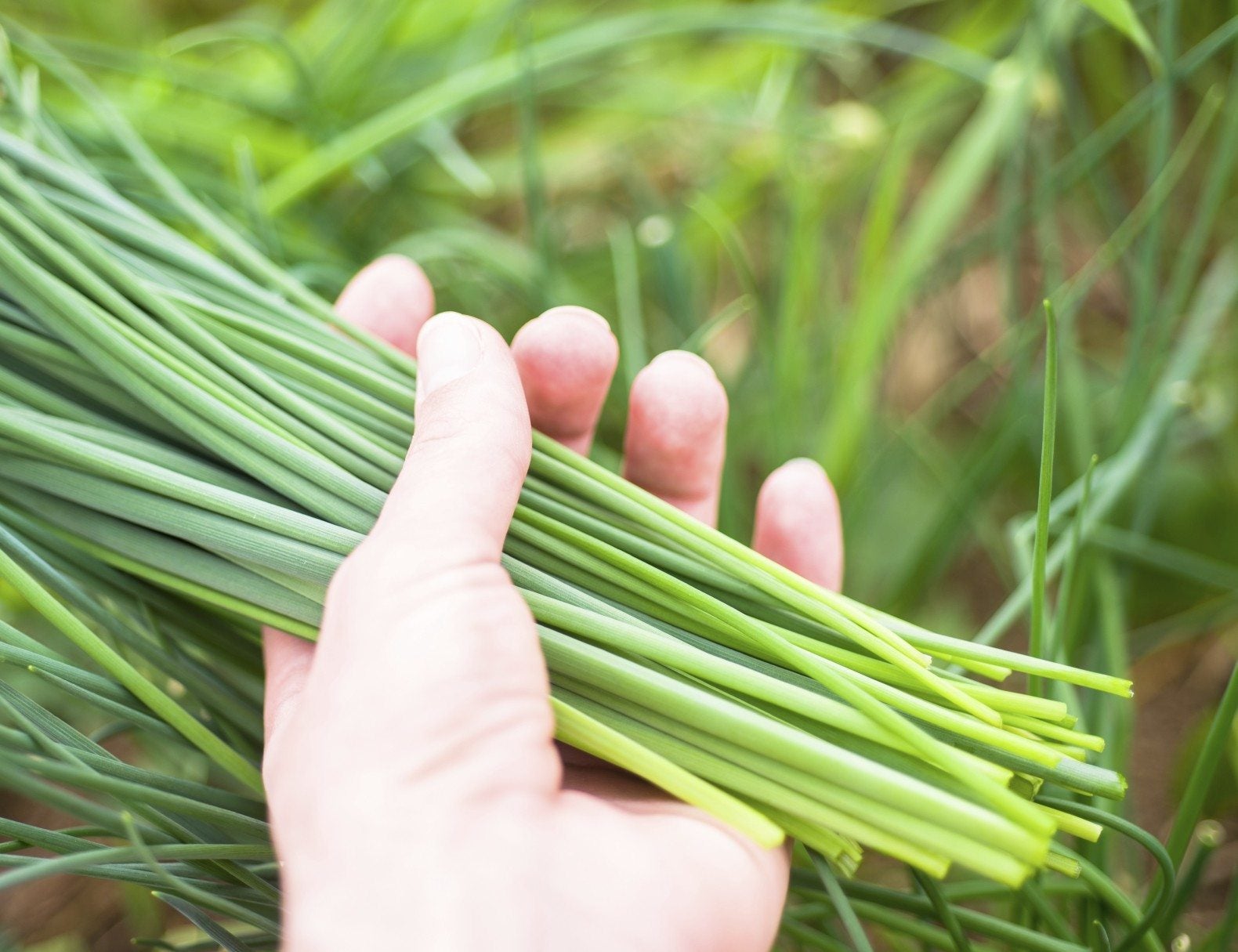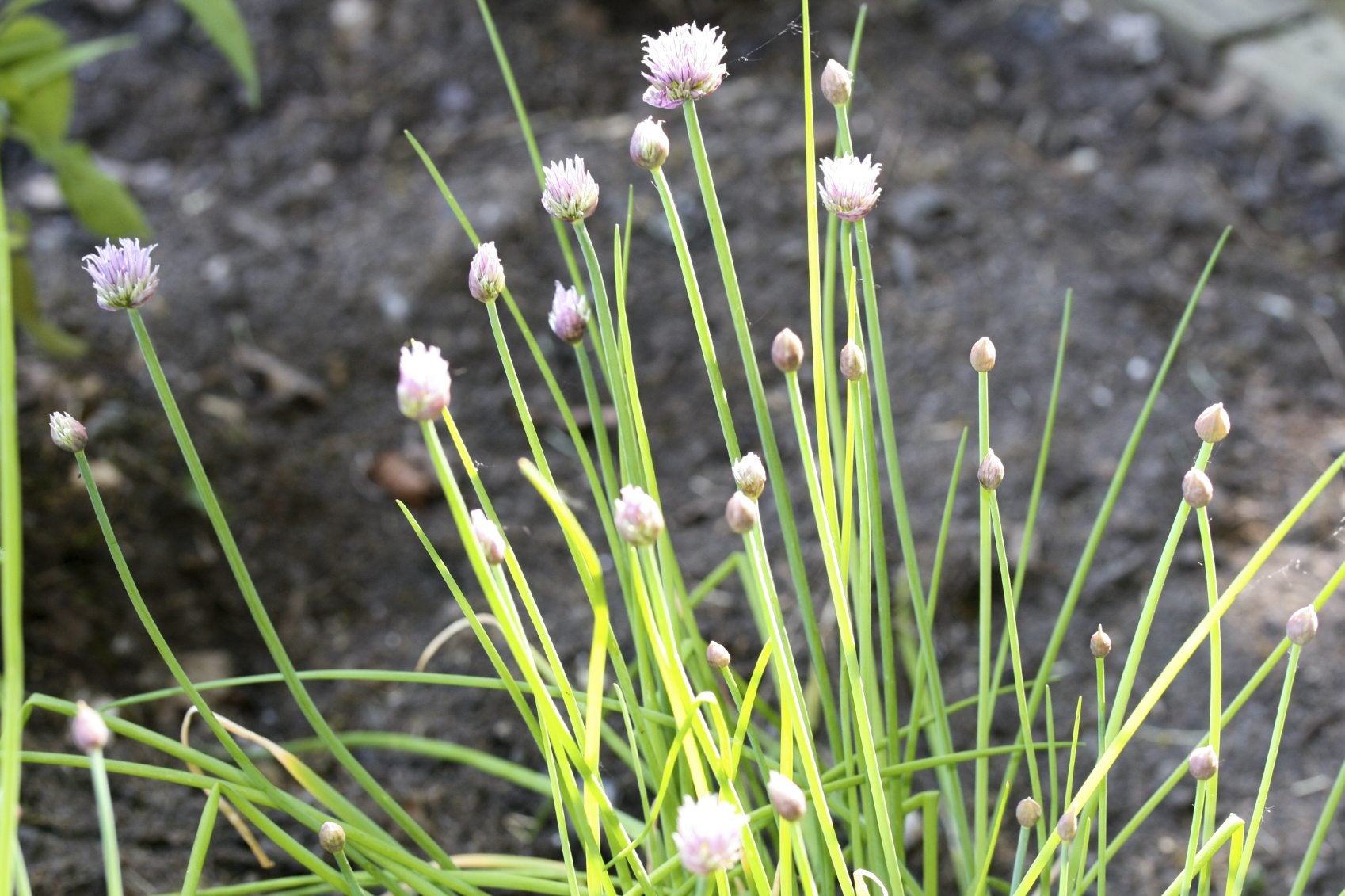Wild Chives Identification: Are Wild Chives Safe To Eat

We cultivate our chives amongst our herb beds, but did you know that wild chives (Allium schoeneprasum) are one of the most common and easy-to-identify wild-growing plants? What are wild chives and are wild chives edible? Read on to find out about wild chive identification and if wild chives are safe to eat.
Are Those Wild Chives in My Yard?
Wild chives are indeed so common you may have wondered, “are those wild chives in my yard?” It is very likely the case. These perennial monocots reside in the onion genus and are the smallest species of onion. They are the only Allium species native to both the Old and New World and can be found throughout Europe, Asia, and North America. Chives have been cultivated in Europe since at least the 16th century, but wild chives have been used according to Egyptian and Mesopotamian records to 5,000 B.C. Native people used wild chives medicinally as well. Depending upon the culture, wild chives were used to stimulate the appetite or rid the system of worms, clear sinuses, as an antiseptic, or treat a variety of maladies from insect bites, hives, burns, sores, and even snakebites. Wild chives contain sulfur compounds that ward off insect pests. They make a great companion plant in the garden, a natural pesticide if you would.
Wild Chive Identification
The wild chive is easy to identify if you’ve ever seen a domestic chive. They look like a clump of grass as they grow except that the leaf blades are not flat like grass but rather cylindrical and hollow. Wild chives will be one of the first plants to appear in the spring and easily stand out amongst the dormant grass. Wild chives grow between 10 and 20 inches (25-51 cm.) in height. The aroma is lightly oniony, and while there are other plants that look similar, the poisonous mountain death-camas, for example, they lack the distinctive aroma. Wild chives can be found growing in USDA zones 4 through 8 among grasses and natural areas.
Are Wild Chives Safe to Eat?
While historically wild chives have been used medicinally, modern people use chives as a seasoning or on their own, sautéed as a vegetable. They impart a wonderful, delicate onion flavor to soups and stew, and can even be pickled. The entire part of the plant can be eaten. Even the lilac flowers of wild chives are edible as well as beautiful when garnished atop a salad or soup. As mentioned, other plants look similar to wild chives – wild onion and wild garlic to name two. What is the difference between wild onions, wild garlic, and wild chives? Wild chives look similar to wild garlic in that they both have hollow leaves while wild onion foliage does not. Sometimes wild onion is also called wild garlic, which is confusing, to say the least. These are two distinct plants, however. Wild garlic (Allium vineale) and wild onion (Allium canadense) and are both perennials often thought of more as weeds. That said, all three are members of the Allium family and will all have a distinct aroma. As such, when a plant looks like an onion and smells like an onion, you can eat it like an onion. The same goes with wild garlic, which is just a wild version of our domestic garlic-- albeit with smaller cloves.
Gardening tips, videos, info and more delivered right to your inbox!
Sign up for the Gardening Know How newsletter today and receive a free copy of our e-book "How to Grow Delicious Tomatoes".

Amy Grant has been gardening for 30 years and writing for 15. A professional chef and caterer, Amy's area of expertise is culinary gardening.
-
 Looking For Plants To Give You The Soft And Fuzzies? Try These 5 Fuzzy Leaf Plant Options
Looking For Plants To Give You The Soft And Fuzzies? Try These 5 Fuzzy Leaf Plant OptionsLovers of texture, drama, silver foliage and tactile plants will adore these special sensory garden additions. These fuzzy leaf plant options will leave you all aglow
By Susan Albert
-
 Get Ready For A Summer Of Hummers! Grow These Full Sun Hummingbird Plants and Flowers
Get Ready For A Summer Of Hummers! Grow These Full Sun Hummingbird Plants and FlowersIf you’re lucky enough to enjoy a sunny backyard, make sure you are maxing out on your pollinator opportunities and grow these full sun hummingbird plants and flowers
By Tonya Barnett
-
 Chive Companion Plants – Companion Planting With Chives In The Garden
Chive Companion Plants – Companion Planting With Chives In The GardenIf you are planning a kitchen garden and wondering what to grow near chives, wonder no more. There are a host of perfect chive plant companions for texture, color, and flavor. Use the information and suggestions in this article to help get started.
By Bonnie L. Grant
-
 Chive Plant Harvest: How And When To Harvest Chives
Chive Plant Harvest: How And When To Harvest ChivesChives make a great addition to the garden, both for their onion-tasting leaves and pretty blossoms. The question is, when and how to harvest chives. Click this article to find out more information regarding the harvesting and storing of chives.
By Amy Grant
-
 Controlling Chives: Tips On Ridding Lawns Of Chive Plants
Controlling Chives: Tips On Ridding Lawns Of Chive PlantsA problem with growing chive plants is that they're not always well behaved. They can escape their boundaries and pop up in places where you don't want them - including your well-tended lawn. Read this article for helpful tips for controlling chives.
By Mary H. Dyer
-
 Chive Seed Planting: Tips For Growing Chives From Seed
Chive Seed Planting: Tips For Growing Chives From SeedChives (Allium schoenoprasum) make a wonderful addition to the herb garden. Chive seed planting is the most common method of propagation. So, how do you grow chives from seed? Read this article to find out so you can get started.
By Amy Grant
-
 How To Grow Chives Indoors
How To Grow Chives IndoorsGrowing chives indoors make perfect sense so that you may have them near the kitchen. Read this article to learn more about how to grow chives indoors so you can have easy access to the plant year-round.
By Becca Badgett
-
 How To Plant Chives - Growing Chives In Your Garden
How To Plant Chives - Growing Chives In Your GardenIf there were an award for "easiest herb to grow", growing chives would win that award. Learning how to grow chives is so easy that even a child can do it. Get growing tips for chives in this article.
By Heather Rhoades